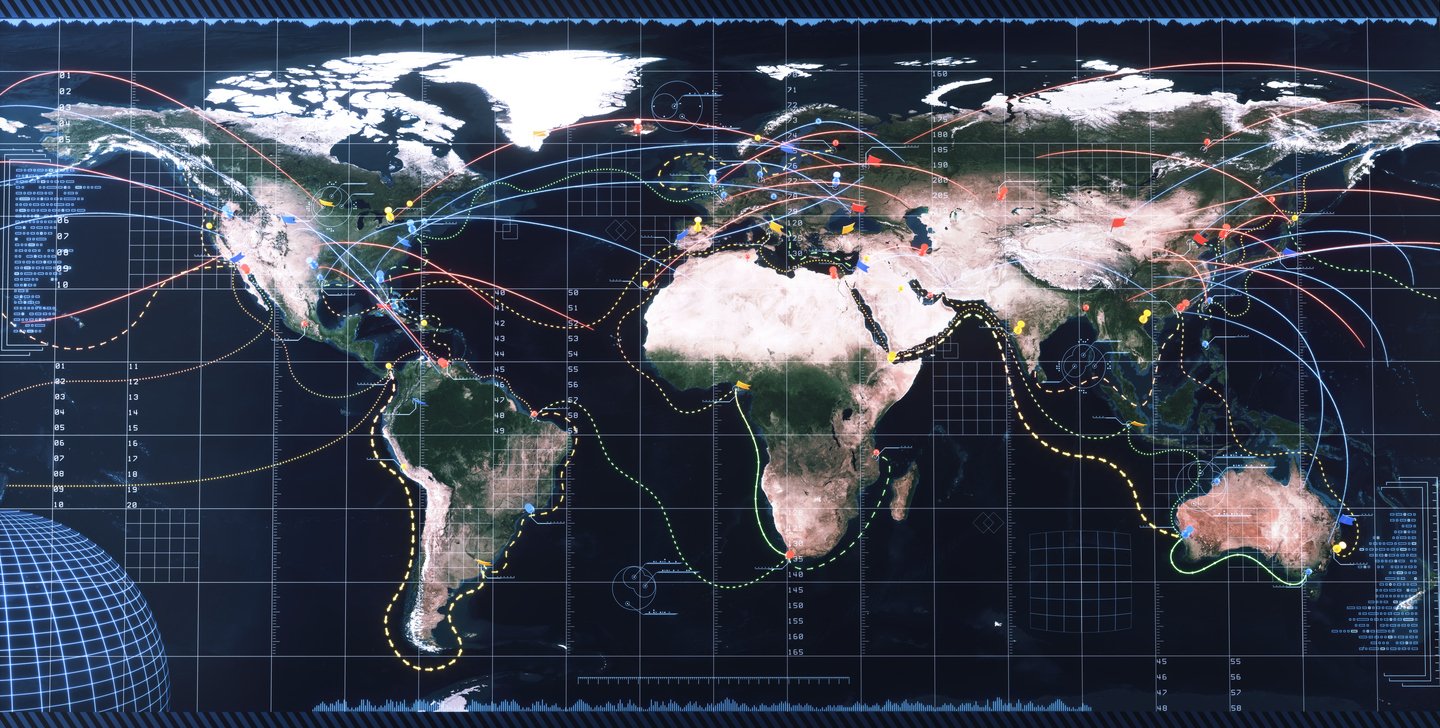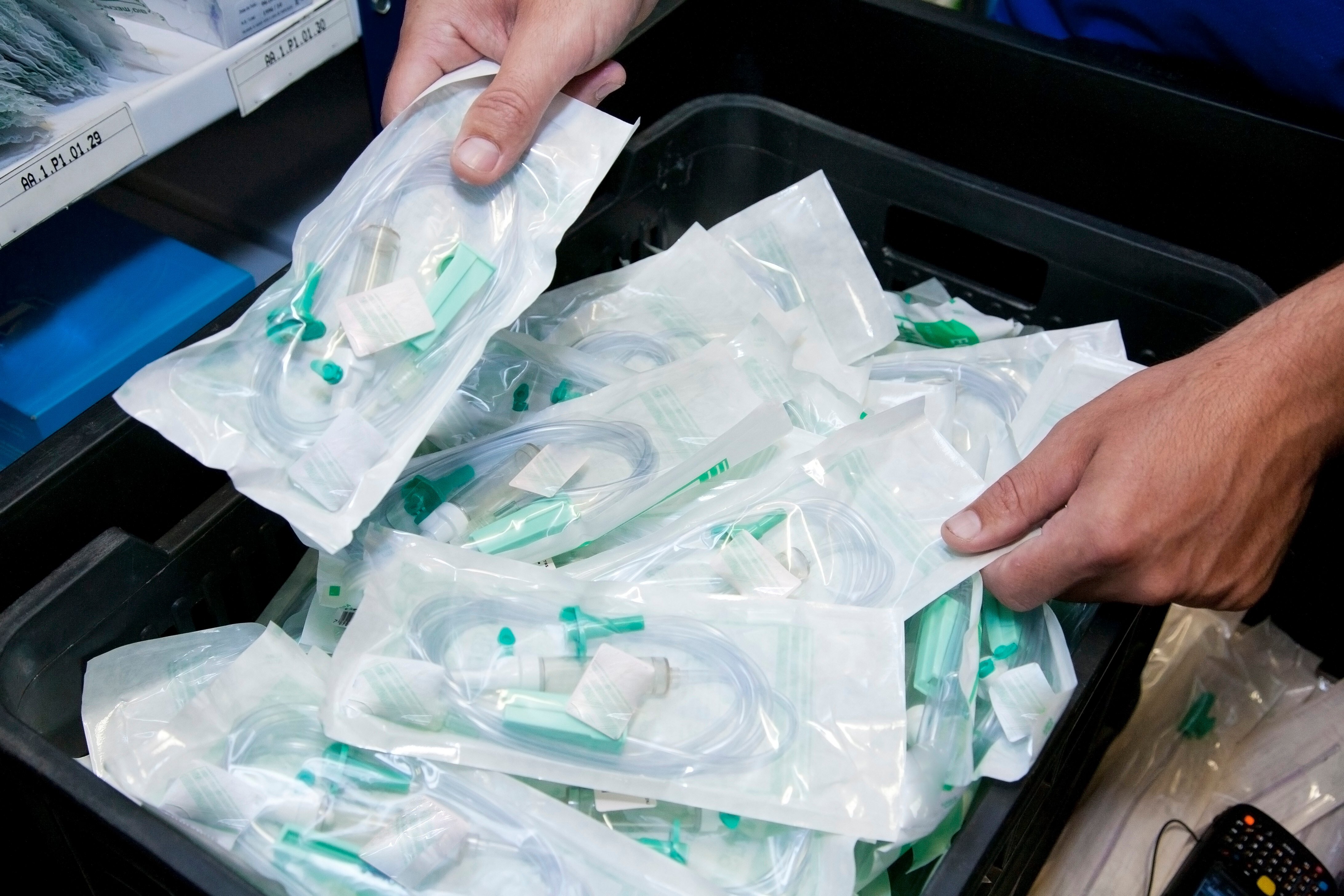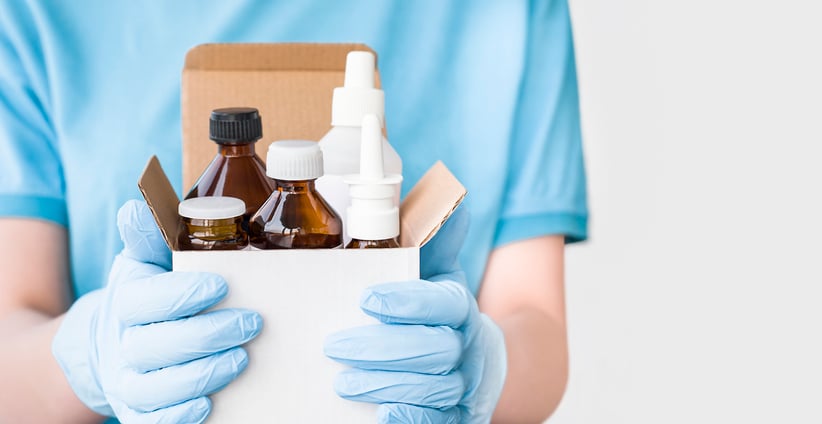A Day In the Life: Packaging Engineer to Senior Commodity Manager
As part of our PackTalk blog, we like to highlight different industry experts and the career paths they took to get to where they are today. In this week’s article, we spoke with Mike Raegen, Senior Commodity Manager at Teleflex. Check out this interview below to learn how his career took him from packaging engineer to commodity manager.
Thanks for joining us today, Mike, can you tell us a little bit about your career? Where you started and how you got to where you are today?
My career in packaging started really before I even knew it. My senior year of high school, I took a co-op at Dow Chemical working in their lab on testing plastics. The co-op gave me the opportunity to work in a lab setting and learn all about plastic properties through various tests such as tensile testing, which is crucial in determining the strength and durability of materials. During this time, I gained knowledge of lab procedures and testing methods, which provided a strong foundation for my future career in packaging. I enjoyed my time working with plastics, leading me to pursue a degree in Packaging at Michigan State University. I started my professional journey in the food and beverage industry with an internship at Coca-Cola in Houston, Texas. After graduating, I joined The J.M. Smucker Company as a Packaging Engineer in their baking and oil division. In this role, I supported manufacturing sites, implemented cost improvement projects and contributed to New Product Initiatives (NPI). My career at Smucker's evolved as I transitioned to their coffee division, shifting from an operations-focused role to one centered on research and development. This gave me an opportunity to work with the marketing team more closely, where I patented a unique packaging design, leaned the importance of speed to market, and how to define what is critical to quality (CTQ’s) during the design process to meet customer needs.
While I enjoyed my role at Smucker's, I had always been interested in the medical/healthcare industry. I felt it was the right time in my career to make the leap and switch industries. To prepare for this transition, I earned an MBA to enhance my strategic and management skills, paving the way for my next career phase.
My career in medical packaging started with Becton Dickenson and my role was in the manufacturing plant. This role was a great learning experience, involving extensive problem-solving and operational issue resolution utilizing the six-sigma process. When BD sold the division, I transitioned to Corning Life Sciences, taking on a corporate engineering role. My role expanded to include building and leading a team of packaging engineers, focusing increasingly on strategic initiatives for global packaging operations.
In 2019, a connection led me to an opportunity at Teleflex. This role was a shift from leading a package engineering team to a commodity management role, where I would be directing procurement strategies for global operations. Having always been involved in packaging and working closely with procurement and commodity managers throughout my career, the job seemed like a perfect fit, so I took the jump.
What was it like changing careers from packaging engineer to procurement?
Moving from package engineering to a procurement role was eye-opening, especially during the time I made the move. I was changing careers during what is now arguably the biggest supply chain challenge to have hit our industry—the pandemic. As the intermediary managing our global supply base during a time when you couldn’t get materials, the role required intense "firefighting" initially. This period served as an extreme crash course in supply chain management, focusing on maintaining service levels and mitigating risks. Daily, I tackled the challenge of how we could best collaborate with suppliers, and internal cross functional teams to navigate the crisis.
What are your typical day-to-day responsibilities?
What challenges do you face in your current role?
How does your packaging engineering background help you in your current role?
It would likely be more challenging with only procurement experience. For example, my background in package engineering allows me to speak the “packaging language.” It allows me to have a better understanding of the commodity I manage and the ability to categorize our portfolio of various packaging types to identify opportunities and develop a strategy. You have to understand the specifications, that go into a product in order to be successful. Understanding the process side of it, how the packaging interfaces with the equipment, material composition, and how it all works together is so important when making decisions and working with engineers and suppliers.
Is there anything else you would like to share?
To the industry in general, together we need to keep working on innovations in medical packaging and explore alternative options to our current supply chain. The medical packaging industry moves at a deliberate pace to ensure due diligence and patient safety, but we need to all come together to take some leaps and work towards change.



